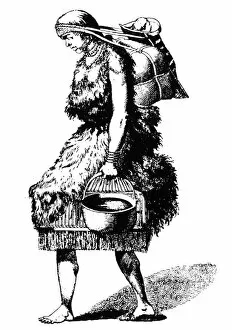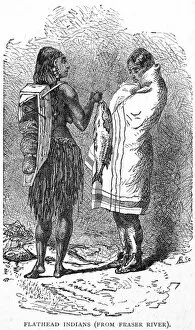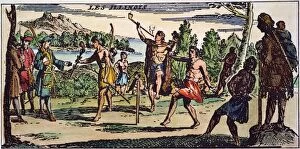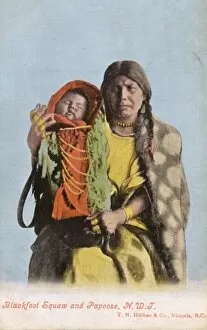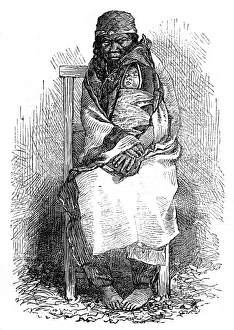Papoose Collection (page 4)
"Papoose: A Glimpse into Native American Culture and Motherhood" Step back in time to the late 19th century
All Professionally Made to Order for Quick Shipping
"Papoose: A Glimpse into Native American Culture and Motherhood" Step back in time to the late 19th century, where we find ourselves immersed in the lives of Native American Indian women from various tribes. In 1873, a captivating photograph captures Pawnee Tribe women adorned in traditional attire, showcasing their rich heritage. Fast forward to 1891, as we venture into a Sioux encampment near Pine Ridge Reservation in South Dakota. John C. H. Grabill's lens transports us to a tipi camp bustling with Minionjou Sioux Native Americans. Amongst them are mothers cradling their precious papooses - babies swaddled securely against their backs. Our journey takes us across continents to Devon's Hooe estuary along the River Plym, where an Apache babe steals our hearts through a photogravure by John Andrew & Son. The image depicts an intricately tattooed Iroquois man and woman proudly holding their papoose while being led by their chief. The enchanting sight continues as we encounter an Apache girl tenderly embracing her own papoose, radiating love and care for her little one. Meanwhile, Nez Perce Babe captivates us with its photogravure beauty captured by John Andrew & Son—a testament to the diverse cultures that thrived within Native American communities. In 1907, sepia tones bring forth "The Comanche Mother, " immortalizing maternal strength within this tribe's history through a stunning photogravure piece. We then delve into Mexican Indian savages depicted on canvas—powerful artwork showcasing the fusion of cultures during that era. A timeless black-and-white photo from around 1908 introduces us to Apsaroke motherhood—an intimate moment shared between mother and child amidst their vibrant community life.





